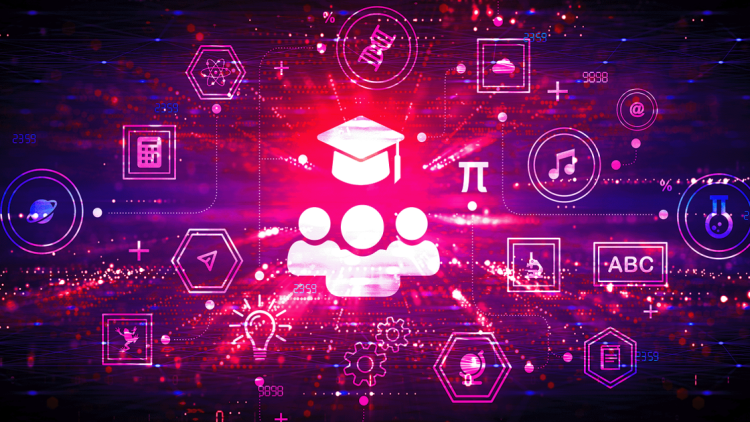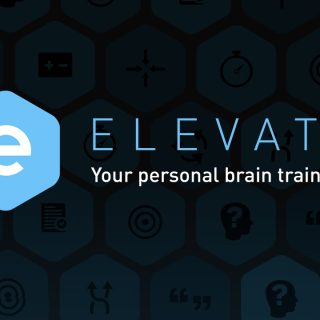Exploring the Impact and Potential of Educational Technology (EdTech) in the 21st Century
Introduction
In the rapidly evolving landscape of education, technology stands as a transformative force, reshaping the way we teach and learn. Educational Technology, commonly referred to as EdTech, encompasses a myriad of digital tools, software, and platforms designed to enhance and support the educational process. This article delves deep into the realm of EdTech, exploring its historical roots, current trends, and future potential, while dissecting its impact on traditional education systems and its role in shaping the future of learning.
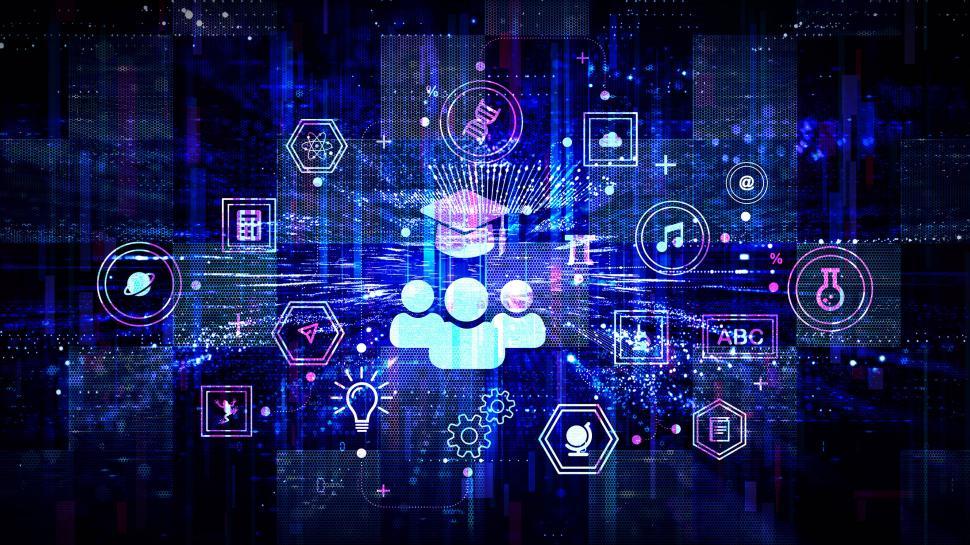
I. Historical Evolution of EdTech
A. The Early Beginnings
The roots of EdTech can be traced back to the early experiments with educational media, such as radio and television broadcasts. This section explores the pioneers and milestones that marked the initial forays into using technology for educational purposes.
B. The Digital Revolution
The advent of computers in the mid-20th century ushered in a new era for education. This segment investigates how computers found their way into classrooms and examines the impact of early educational software on teaching methodologies and student engagement.
II. The Current Landscape of EdTech
A. Virtual Learning Environments
The rise of virtual classrooms and online learning platforms has reshaped the way students access education. This part of the article discusses the emergence of Massive Open Online Courses (MOOCs), virtual classrooms, and the benefits and challenges associated with these platforms.
B. Adaptive Learning Systems
EdTech has given birth to adaptive learning systems, which tailor educational content to individual learners. Here, we explore the technology behind adaptive learning, its applications, and its potential to revolutionize personalized education.
C. Gamification and Learning
Gamification has found its way into educational settings, transforming mundane learning tasks into interactive and engaging experiences. This segment investigates the psychology behind gamification, its impact on student motivation, and the incorporation of gaming elements in educational software.
D. Artificial Intelligence in Education
Artificial Intelligence (AI) is at the forefront of the EdTech revolution. This part delves into AI-driven applications in education, including intelligent tutoring systems, automated grading, and personalized learning algorithms. It also discusses the ethical considerations and challenges associated with AI in education.
E. Augmented and Virtual Reality in Education
Augmented Reality (AR) and Virtual Reality (VR) technologies have the potential to create immersive learning experiences. This section explores the applications of AR and VR in education, from virtual field trips to interactive simulations, and examines their impact on student engagement and knowledge retention.
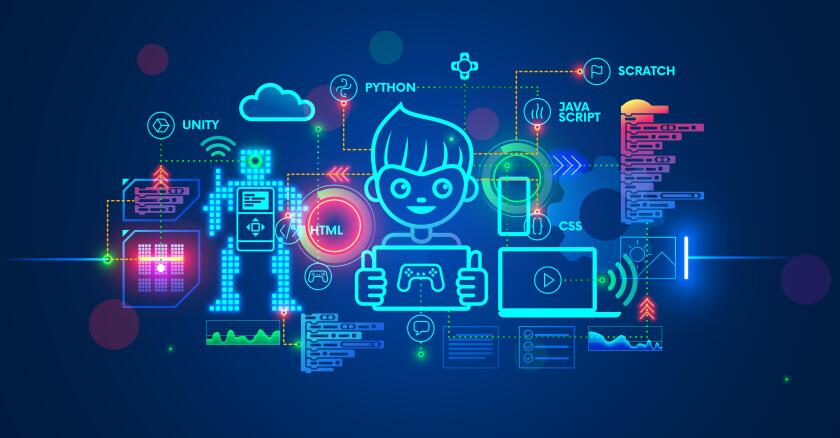
III. Challenges and Ethical Considerations
A. Digital Divide and Accessibility
Despite the advancements in EdTech, accessibility remains a significant challenge. This part discusses the digital divide, exploring the disparities in technology access and its implications on equitable education. It also explores initiatives aimed at bridging this divide.
B. Data Privacy and Security
With the integration of technology comes the need for robust data privacy and security measures. This segment examines the concerns surrounding student data privacy, the risks associated with data breaches, and the ethical responsibilities of EdTech providers and educational institutions.
C. Teacher Training and Digital Literacy
Effective implementation of EdTech relies heavily on educators’ digital literacy and proficiency. Here, we explore the importance of teacher training programs, digital literacy initiatives, and ongoing professional development to empower educators with the necessary skills to leverage technology effectively in the classroom.
IV. The Future of EdTech
A. Emerging Technologies
The future of EdTech is intertwined with emerging technologies such as Artificial Intelligence, Augmented Reality, and Blockchain. This part explores cutting-edge technologies and their potential applications in education, offering a glimpse into the educational landscape of tomorrow.
B. Global Perspectives on EdTech
EdTech is a global phenomenon, with diverse applications and challenges in different parts of the world. This section provides an overview of how various countries are embracing EdTech, the cultural factors influencing its adoption, and the lessons that can be learned from international experiences.
C. The EdTech Startup Ecosystem
The EdTech startup ecosystem is thriving, with innovators and entrepreneurs creating disruptive solutions for education. Here, we explore notable EdTech startups, their unique approaches to solving educational challenges, and the impact of startup culture on the traditional education industry.
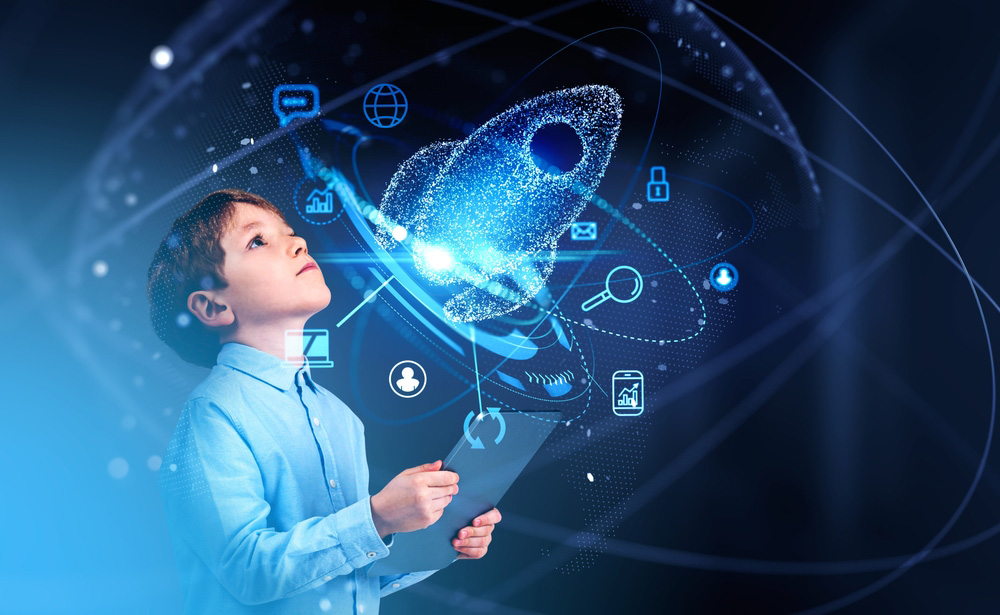
Conclusion
Educational Technology, in its various forms, has the power to revolutionize education and make learning more accessible, engaging, and personalized. As we stand at the intersection of pedagogy and technology, it is crucial to navigate the evolving landscape of EdTech with a critical eye, addressing challenges and ethical considerations while harnessing its full potential to shape a brighter future for education worldwide. Embracing innovation, fostering collaboration, and prioritizing inclusivity will be key in harnessing the transformative power of EdTech and creating an educational environment that prepares students for the challenges and opportunities of the 21st century.

